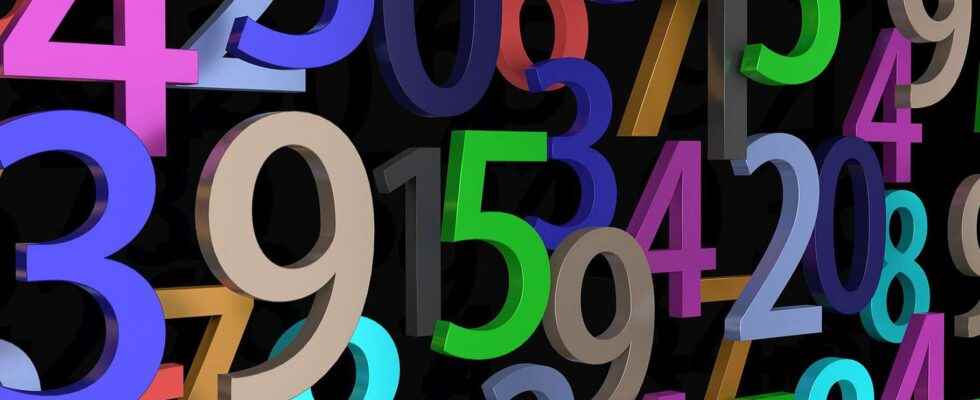In the vocabulary of cryptography, to encrypt is to scramble. It does not matter whether we are dealing with Arabic numerals or not. But, of course, it is not forbidden to use the digits from 0 to 9 with or without grouping them to form numbers.
The simplest number there is undoubtedly the one which consists in numbering the letters from 01 to 26, in order. “Hello” is then written 02 15 14 10 15 21 18. It is so simplistic that it is in the interest of scramble a little the tracks, for example by grouping numbers other than by two.
Can you find its meaning?
By grouping them by four, we get 0215 1410 1521 1831 by adding 31, which means nothing, to have only groups of 4 figures, which is still a bit simple.
We can complicate it a bit further by grouping the figures differently. We intercept the cryptic text:
21141 30520 19190 10705 19050 31805 05315
Solution: a wise dish is created
If we group the numbers two by two, we get:
21 14 13 05 20 19 19 01 07 05 19 05 03 18 05 05 31 5
Other than the last two groups, all numbers used are less than 26, and the text makes sense if the letters have been encrypted in order. It’s still far too easy to Decrypt, we still have an interest in scrambling a little more, at least by swapping the numbers!
It is then necessary to have a much longer cipher text to decrypt it, even if the code of the letter “e” is generally very easy to locate because it is most frequent in a text written in normal French. We exclude of course any extract from the novel ” Disappearance »Written without this letter by Georges Perec. Which does not mean that a cipher phrase from this novel is indecryptable !
Learn more about Hervé Lehning
Normalian and agrégé in mathematics, Hervé Lehning taught his discipline for more than forty years. Crazy about cryptography, member of the Association of Cipher and Information Security Reservists, he in particular unraveled the secrets of Henry II’s cipher box.
- His blog MATH’MONDE on Futura
- the last book by Hervé Lehning :
Also to discover: The universe of secret codes from Antiquity to the Internet published in 2012 by Ixelles.
Interested in what you just read?
Subscribe to the newsletter Fun math : every week, Futura deals with a mathematical question for the pleasure of 7 to 77 year olds. All our newsletters
.
fs4
